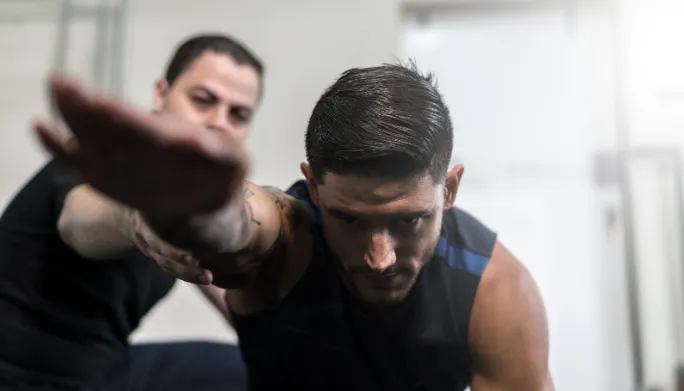Pickleball, a sport gaining immense popularity worldwide, isn’t just about hitting a ball back and forth over a net. It’s a dynamic activity that engages players in multidimensional movement across various planes. In this blog, we’ll delve into the fascinating intersection of pickleball and the sagittal, frontal, and transverse planes of movement.
Understanding the Planes of Movement
Before we dive into the world of pickleball, let’s grasp the concept of planes of movement:
- Sagittal Plane: This plane divides the body into left and right halves. Movements in the sagittal plane occur forwards and backwards, such as walking, running, and lunging.
- Frontal Plane: Imagine slicing the body into front and back halves. Movements in this plane occur side to side, like lateral movements and side lunges.
- Transverse Plane: Picture the body divided into top and bottom halves. Movements in this plane involve rotation around the vertical axis, such as twisting and turning.
Pickleball in the Sagittal Plane
In pickleball, the sagittal plane plays a crucial role in movements like forehand and backhand strokes. Players engage in forward and backward motions as they position themselves to return the ball. The serve, a fundamental aspect of pickleball, involves a controlled movement from behind the baseline to deliver the ball into play, showcasing the sagittal plane’s significance.
Frontal Plane Challenges and Strategies
The frontal plane presents unique challenges and opportunities in pickleball. Side-to-side movements are key when players need to cover the width of the court swiftly. Quick lateral steps enable players to reach wide shots and maintain court coverage. Additionally, shots like volleys and dinks often require precise side movements to intercept the ball effectively.
The Intricacies of the Transverse Plane
Rotation and twisting motions in the transverse plane come into play during pickleball rallies. Players must pivot their bodies to generate power and control when executing shots. Whether it’s rotating the torso for a powerful forehand or twisting the hips for a precise backhand, mastering movements in the transverse plane enhances a player’s agility and shot-making abilities.
Integrating Multidimensional Movement for Optimal Performance
Successful pickleball players seamlessly integrate movements across all three planes. They utilize the sagittal plane for forward and backward motion, the frontal plane for lateral agility, and the transverse plane for rotational power. By honing skills in each dimension, players can navigate the court efficiently, anticipate opponents’ shots, and execute strategic plays with precision.
A Dynamic Fusion of Movement and Strategy
Pickleball transcends mere physical activity; it’s a dynamic fusion of movement and strategy across multidimensional planes. Understanding and mastering the sagittal, frontal, and transverse planes enhances players’ performance and enjoyment of the game. So, the next time you step onto the pickleball court, remember to embrace the multidimensional challenge and relish every moment of the game!
Are you sidelined by injuries or struggling with movement issues? Don’t let that stop you from enjoying pickleball to the fullest. Click here to schedule an evaluation with Dr. Evan Langley and get personalized guidance to elevate your game safely.


